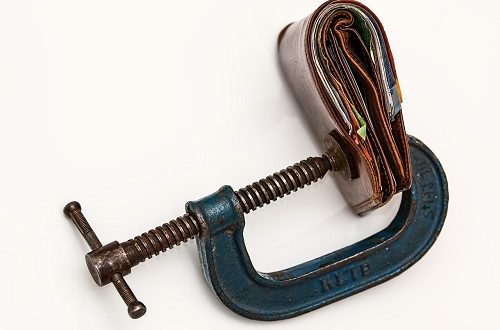Setting your marketing budget
This task has been likened to asking someone how long is a piece of string. Some would argue that because of the broad number of factors influencing marketing, it’s the harder task to answer. Historically, and by that I mean pre today’s digital marketing offerings, the marketing budget was usually quoted as a percentage of turnover and in the range of 2 to 15%. Smaller organisations typically needing a higher percentage spend than their larger competitors to compete. Certain industries, notably cosmetics, perfumes, luxury goods and alcohol are traditional big spenders. In our digital age, it is less clear cut. Online shops will need to spend heavily to raise awareness and drive business to their websites, spending more on marketing but saving by not having a shop and sales staff.
Topics you need to consider
What you are doing and the market you operate in will ultimately dictate what you need to spend. Spending too much will be wasteful, but spending too little could irreparably damage your business. Ironically many businesses cut marketing when times are tough, when actually, this is the time when it is more important.
Product Launches
The launch of a product is as important as its development. Whilst R and D costs are carefully budgeted for, the cost of bringing it to market is often neglected. Launching a new product, brand or office/shop for example requires as a guide, twice the cost of marketing an existing one. There are further costs such as training, launch events and documentation that may fall into a marketing budget so need covering.
Maintaining Awareness
However established your products or services are, without investment they will fade away. Complacency has killed off many products prematurely. The aim is to spend enough to maintain market awareness, sponsoring can be a more cost effective option than more aggressive advertising. The crucial point being to keep that name alive. You don’t necessarily need to match competitive spend, as long as you have some presence.
Newsletters are a good way to keep in touch with existing customers and maintain awareness with prospects. In a large organisation 3-5% of a products turnover may be sufficient, in smaller ones it can be more like 5-8%.
Competitive Marketplace and Contingencies
One version of Murphy’s law states “Anything that can go wrong will go wrong”.
This is certainly true in my experience in marketing. You have a product ticking along nicely, making a good margin with limited investment, then “bang” it all goes wrong. Normally because a competitor enters, changes their product or discounts upsetting the markets equilibrium. This demands a response which will almost certainly require money in marketing, to support discounts or both. In setting your marketing budget, it’s wise to assume something will go wrong and have the money in reserve.
Extending Lifespans
R and D being late to deliver a replacement product is just one reason why the life of an ageing product can need extending. When this is the case, it’s down to marketing. Cosmetic revamps are a favourite, new colours, names or name tweaks like “X or Plus” backed by promotion will require more spend than simple maintenance. My advice is as for a launch, to double it.
Summary
Few businesses can get away with spending nothing on marketing, trying to outspend or match your competitors is not always necessary though. The crucial need, is to budget sufficiently so that you can deliver your plans and maintain awareness. Always allow for the unexpected and budget accordingly, if some money is left over at the end of the year, you can celebrate!
 B2B-Club Connecting SME's Nationwide
B2B-Club Connecting SME's Nationwide


